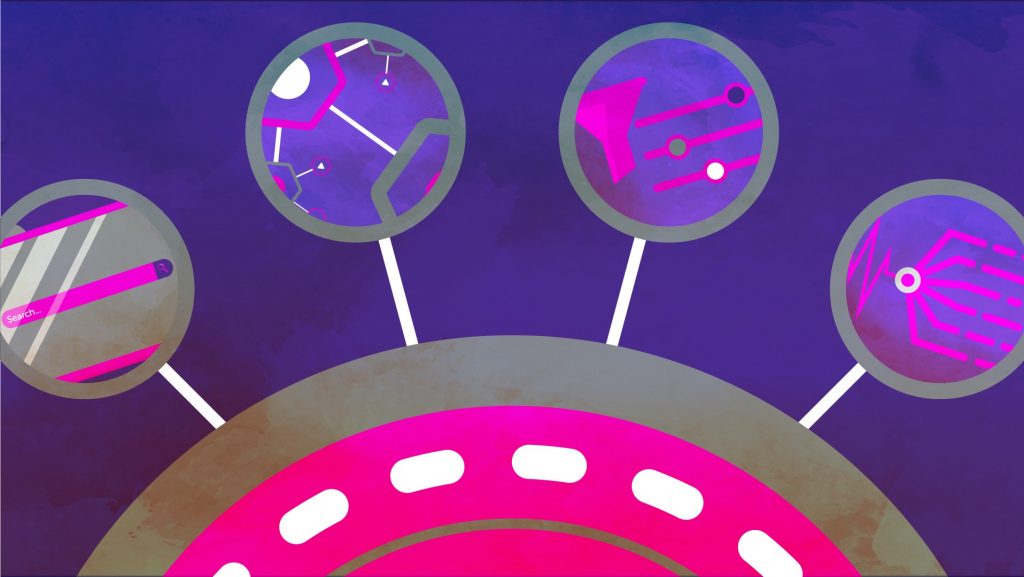Employing BoB and TRILT as Tools for Academic Research on Broadcast Media
By Holly Large, Emma Sewell & Chris Willmott (University of Leicester).

Introduction to Using BoB and TRILT for Academic Research
What are BoB and TRILT, and why are they great resources for studying broadcast media?

Data – Exporting, Collating and Cleaning Up
Step-by-step guidance on extracting your finding from BoB and TRILT before fuller analysis.

Refining the Sample – Description Analysis, Viewing and Programme Exclusion
Homing in on the most important programmes from your longlist of potential media to interrogate.

Limitations
BoB and TRILT are terrific resources, however it is worth being aware of potential limitations before embarking on a project.

Case studies
Take inspiration from some of the ways academics are already using BoB and TRILT in their research.
